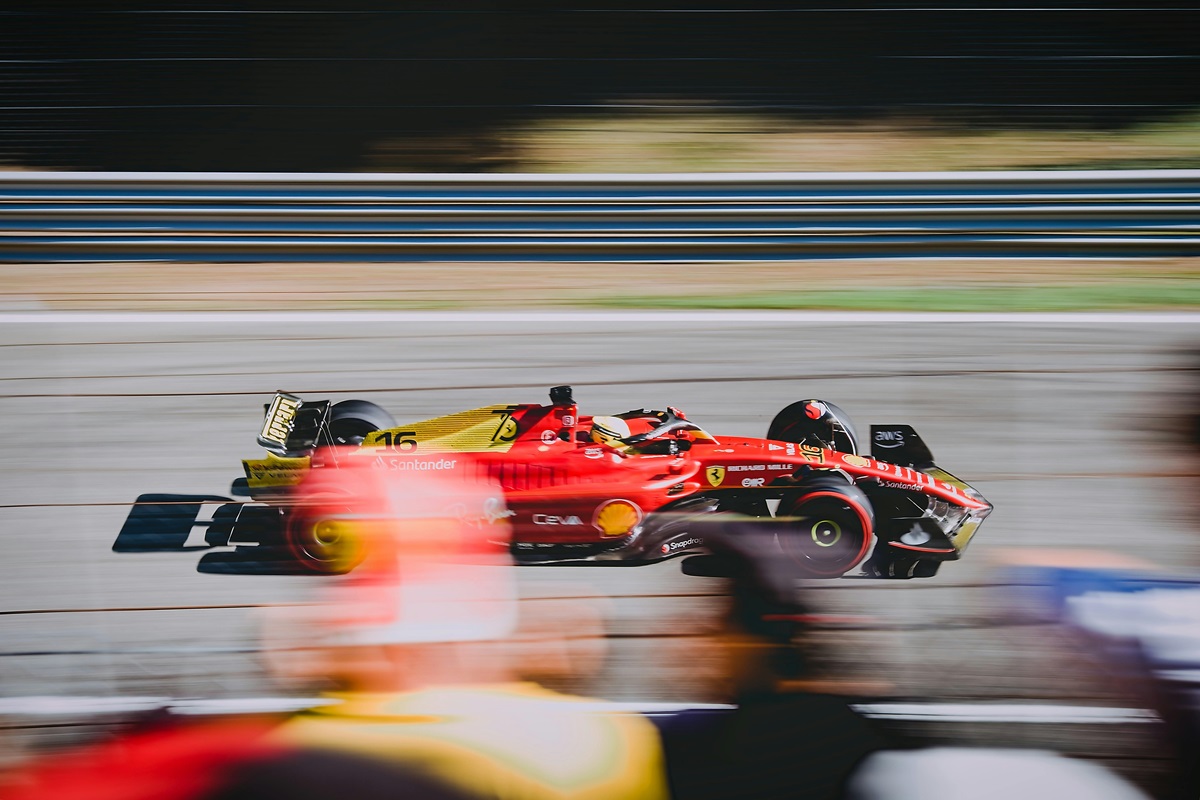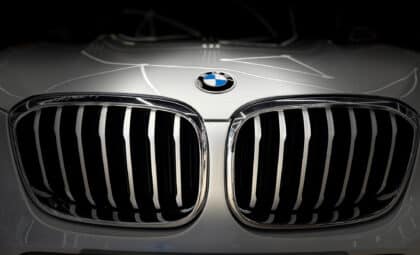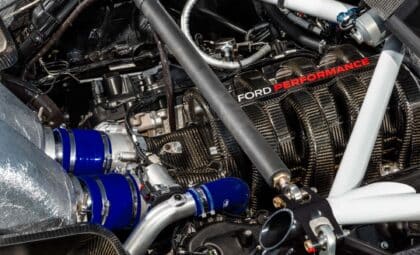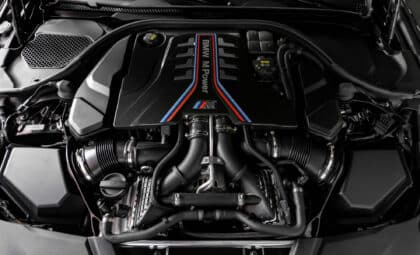 Photo: Jenda Kubeš via Pexels
Photo: Jenda Kubeš via Pexels
The biggest Formula 1 regulation change of the decade is on the horizon. New engines, smaller cars, and new competitors are all coming in 2026, promising a major shakeup that could spice up the sport as it continues to grow its presence worldwide and particularly in the United States. So what’s coming, and how will these changes impact the racing?
F1 hasn’t majorly changed its engine formula since 2014, when it introduced turbo-hybrid V6 engines bolstered by two of what it calls “motor generator units” — MGU for short. The MGU-H recovers heat energy and the MGU-K recovers kinetic energy. The former is a complex piece of tech whose existence was one of the major hurdles in attracting more manufacturers to the sport. It was ultimately deemed too costly and will be scrapped in 2026, which should reduce development costs and thus increase competition.
Meanwhile, the MGU-K will be majorly upgraded to compensate for the loss. Its electric power output will rise to about 469 horsepower, while the combustion engine output will drop to about 536 hp, for a total of just over 1,000 hp. The cars will use a new, fully sustainable fuel, and less of it too — just 70 kg per race, down from 110 kg currently.
Prior to the MGU-K system, F1 used “KERS,” a kinetic energy recovery system that drivers could deploy for a temporary boost in power. A similar push-to-pass mechanic will be introduced in 2026 that enables drivers to override the MGU-K’s power limit, which should make for more interesting on-track action and race-craft. It may also just be needed to compensate for the loss of DRS effectiveness — more on that below.
F1 cars are too fast. It’s a recurring problem that continually needs to be reined in, as engineers and designers find creative ways to extract lap time out of any given formula. The sport is always toeing a fine line when it comes to overall speed. On the one hand, F1 is meant to be fast. It’s the self-appointed pinnacle of motorsport, and if the cars are too slow, they lose prestige and excitement. On the other hand, slow cars virtually always make for better racing.
The more mechanical grip and downforce a car has, the more “on rails” it is. It’s easier to drive, with less room for mistakes, and shorter braking zones, both of which lead to fewer overtaking chances. In 2014, the cars had been massively slowed down, which led to major criticism and concern about the image of the sport. The 2017 regulations made them significantly faster, particularly by generating more downforce, but it led to 50% fewer overtakes compared to the previous year.
The 2022 regulations sought to slow the cars again and, in particular, reduce their reliance on downforce. This is because downforce is sensitive to being disrupted by the turbulent airflow coming off the back of another car, making it difficult to follow, and thus harming the potential for close racing. The regulations did their job for a time, but later changes reduced their effectiveness and the dirty air effect is still a major problem for F1.
The 2026 F1 regulations introduce several changes that should make the cars livelier and better at close racing. After decades of getting bigger and heavier, the cars are finally going the other way. The new regulations are targeting a weight reduction of 50 kg, a width reduction of 10 cm, and a length reduction of 15 cm. They’ll have less overall downforce, leading to less drag, which means the Drag Reduction System currently critical to on-track overtakes will be less effective. However, this will be mitigated by new front active aero elements, and the hope is that DRS won’t be as necessary as before, which should lead to more authentic-feeling action.
If there’s one thing that bodes well for the 2026 F1 regulations, it is that they have succeeded in enticing new manufacturers into finally joining the sport after years of hesitation. Sauber has been fully purchased by Audi, who will join as both a constructor and an engine manufacturer. Porsche tried to buy a controlling stake in Red Bull Racing, which instead went with Ford as its engine partner, and Honda will return to supply engines to Aston Martin. And Andretti Global, backed by General Motors, is still committed to competing in F1 despite being rejected by FOM, the sport’s commercial rights holder.
It’s also worth noting that many drivers have maneuvered their contracts to end in 2025 or 2026 specifically so they can get themselves in the most promising teams when the new regulations come into effect. Expect to see a lot of movement and exciting new driver pairings.
Major rule changes are always exciting. I wrote about the much-anticipated 2017 or 2022 regulations, for instance, with similar enthusiasm. But change also tends to create major deltas in performance across the grid. Typically, F1 car performance across different teams converges the longer a formula has been in place. We’re seeing this right now: Red Bull nailed the regulations in 2022 and ran away with the 2022 and 2023 championships, and now its advantage is shrinking as it encounters diminishing returns. In fact, the overall gap between the teams — particularly over one lap — has seldom been smaller.
A similar pattern may begin in 2026, if one team once again manages to find an edge or even a loophole in the regulations. The important thing is that the new formula provides a strong foundation for the teams to build upon and one that, regardless of who is performing well, makes it easier for the drivers to race closely with each other.
For now, on paper at least, the changes are promising.
Kurt Verlin was born in France and lives in the United States. Throughout his life he was always told French was the language of romance, but it was English he fell in love with. He likes cats, music, cars, 30 Rock, Formula 1, and pretending to be a race car driver in simulators; but most of all, he just likes to write about it all. See more articles by Kurt.








